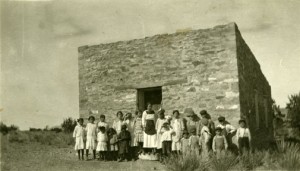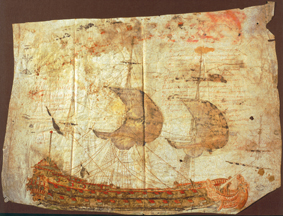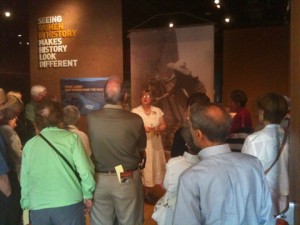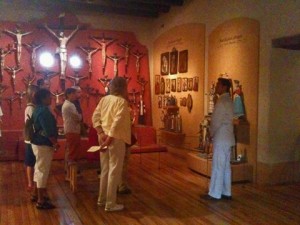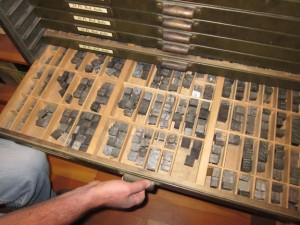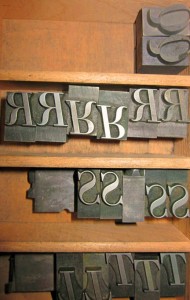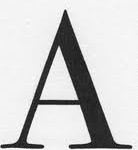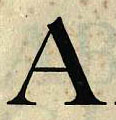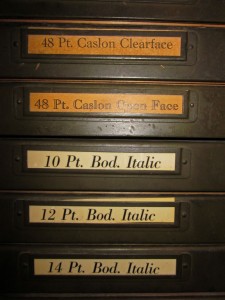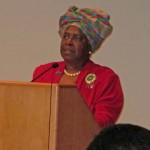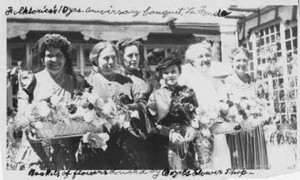
Fabiola Cabeza de Baca (far left) with the Sociedad Folklorica in 1945. Courtesy Palace of the Governors Photo Archives.
Tough economic times and persistent droughts were nothing new to Fabiola Cabeza de Baca. The native New Mexican, home economist and author saw them as an opportunity to thrive.
During the Depression, she worked for the New Mexico Agricultural Extension Service, helping Hispanic and Tewa women learn new gardening and poultry-raising techniques, along with how to can vegetables and fruits, use sewing machines, and make simple home repairs. She valued traditional ways and documented the recipes for everyday fare that would one day grace restaurant menus throughout the state.
At 2 pm on Sunday, July 10, you can learn even more about this amazing woman when Dr. Tey Diana Rebolledo, regents professor at the University of New Mexico, speaks on her life and legacy. “Fabiola Cabeza de Baca and the Good life,” in the History Museum Auditorium, is free with admission; Sundays are free to NM residents.
The State Historian’s excellent web site has a comprehensive article on Cabeza de Baca, who’s also featured in the History Museum’s new exhibit, Home Lands: How Women Made the West. What follows is but a brief glimpse — an appetizer, if you will, to Dr. Rebolledo’s lecture.
Born in 1894 in Las Vegas, NM, she could trace her ancestry to Alvar Nuñez Cabeza de Vaca, a 1530s Spanish explorer. She grew up on her family’s ranch, but was schooled by the Sisters of Loretto and in Spain.
In 1916, she took her first job as a school teacher in a one-room school in rural Guadalupe County six miles from the family ranch but a day’s ride from the closest town. During her teaching career, she was introduced to a new field of study called Home Economics. She quickly became hooked and was eventually hired by the Extension Service at the start of the Great Depression.
At the time, none of the other extension agents spoke Spanish, even though more than half of the state’s resident spoke no English. Not only did Cabeza de Baca speak Spanish, but she learned enough Tewa to work with Pueblo women as well. Focusing at first in Rio Arriba and Santa Fe counties, she traveled among towns from dawn until midnight. “Some of our counties are larger in area than many of our eastern states,” she once said. “We say so many miles to a person rather than persons to a mile.”
In the 1940s, Cabeza de Baca began writing – Extension Service bulletins, including “Noche Buena,” documenting traditional cultural practices; The Good Life: New Mexico Traditions and Foods, a fictional account of a family that included recipes of their favorites foods; and We Fed Them Cactus, which told of her family’s four generations on the Llano Estacado, blending nostalgia with a critical view of how progress was affecting Southwestern Hispanics.
In the 1950s, Cabeza de Baca’s extension work went global when, with the United Nations, she began developing home economics programs in Mexico and, later, consulted for the Peace Corps. She was an active member of La Sociedad Folklorica of Santa Fe, an organization that to this day is dedicated to preserving Spanish culture. Cabeza de Baca died in 1991, and is still fondly remembered by those who were lucky enough to know her when.

